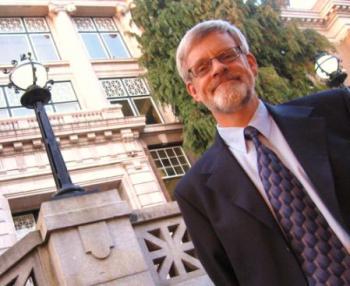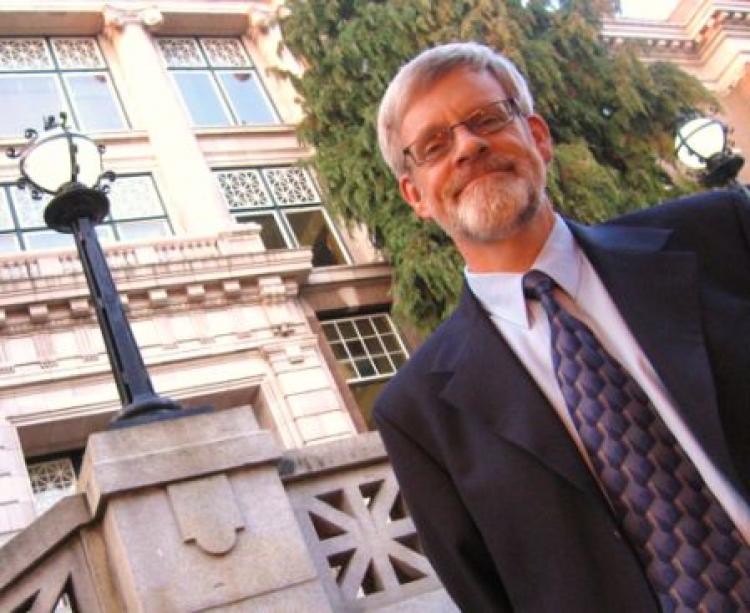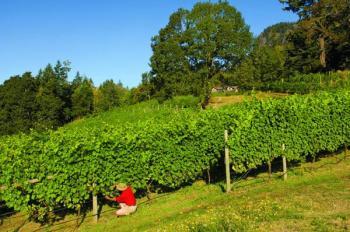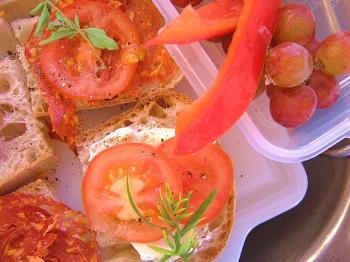This triple A effort was offered as a structured way to achieve success in students’ high school career at Victoria High in British Columbia. The school’s principal, Stephen Bennett, indicated that there has since been a general paradigm shift in the school-student-home relationship.
It was clear, he said, that more had to be done for the new crop of grade nines who were feeling intimidated by the sheer size of their new surroundings. Some central schools in many cities have a student body of 2,000 or more. Even going from 300 to 1000 is a major hurdle for some kids.
“They are all coming from a smaller place, and are now in a bigger space,” said Principal Bennett.
Vic High has a heritage that reaches back to 1876 and boasts a long roster of graduates who have done great things. Principal Bennett is adamant that today’s kids have “incredible potential to do very well... I know they can.”
However, it is directing that energy of youth and feeding their passion for learning where counselors, teachers and parents can work together positively. With 30 per cent of young people not completing high school it is imperative that something be done to improve graduation rates.
In his guide to achieving success, Principal Bennett wants kids to ask themselves three questions: “What am I supposed to be learning? How do I know when I know? What should I do when I don’t [know]?” Ownership is central to the policy here.
Parents need to guide their child toward getting involved in school activities. Research has shown that once attached to athletics, student governance or associations, students attend classes with increased regularity.
Cross-country running, environmental efforts, and March Break outings could create bonds that last lifetimes. Students at Vic High are actively encouraged to start a new club if they see an opportunity that has been missed. “I'd like to do yoga” could launch an additional lunch-time choice.
Vic High Vice Principal Guatam Khosla, who was a middle school teacher for many years, said that at the end of each day he would check agendas and make certain work, due dates, field trips, and bigger assignments were being written down.
Using agendas, daybooks, or daily journals will avoid the “I didn’t have any homework” response. Parents should make it a daily habit to look at, and perhaps even sign-off, as a simple method for monitoring.
Regular attendance is absolutely fundamental to daily, weekly, and term-wide success. The Parent Advisory Council at Vic High provided each home with a fridge magnet school calendar as a reference guide to the key dates in the academic year. With a quick glance parents can see when report cards will be published.
With improved electronic attendance and auto-dialing systems, parents know when kids skip school. Some school districts alert by phone when a child doesn’t show up, while others use instant messaging.
Dinner time together is a great opportunity to share experiences and “Ah ha” moments of insight and understanding. Learning should be exciting, and meal time provides an opportunity to draw your children out about their day in school. A good way to get them started is by asking them to talk about just one thing they learned today.
Principal Bennett related that though it may sound “weird,” his family’s dinner table conversation often centred around such subjects as quadratic equations.
The B.C. government wants kids to become more active. Vic High urges that 30 minutes of documented physical activity be recorded for each student each day. This time could be from involvement in swimming after school, things students do in the community, or activities they do at home. Even school staff have taken this to heart, and Vice Principal Khosla is setting an example by biking to school daily.
What else can you do? Get involved with your child’s school. Establish dialogue with each subject teacher. Make a point of going to all the parent-teacher nights and modeling good community behaviour. Embrace “Attendance, Attachment and Achievement” and help grow a good student.





